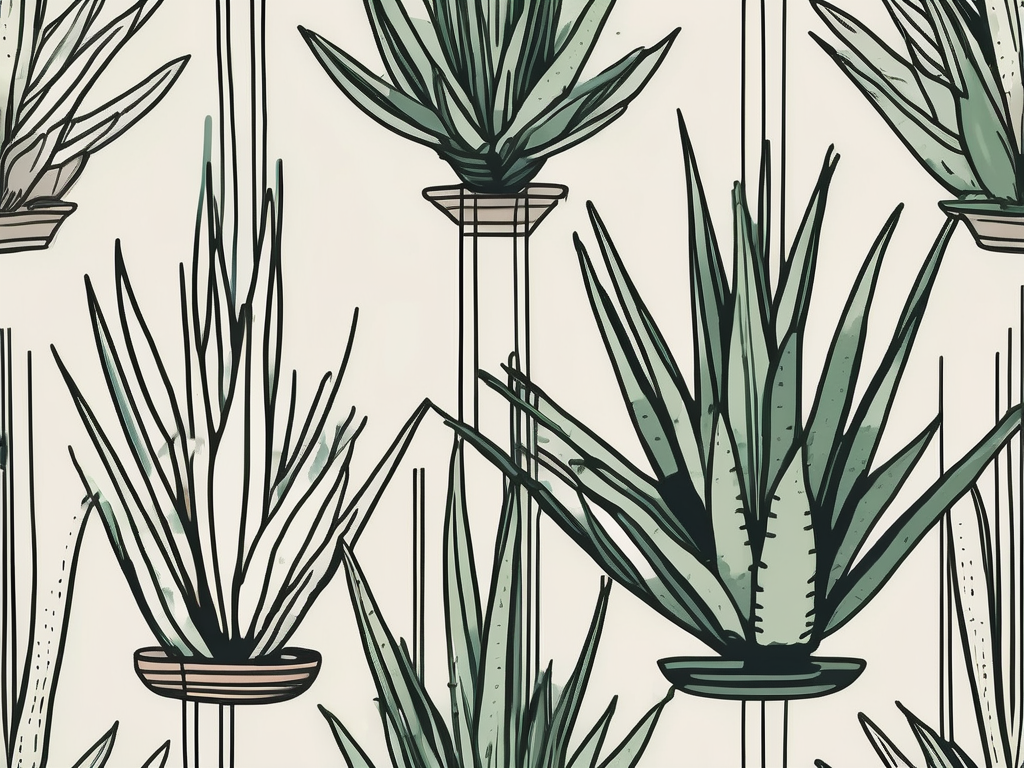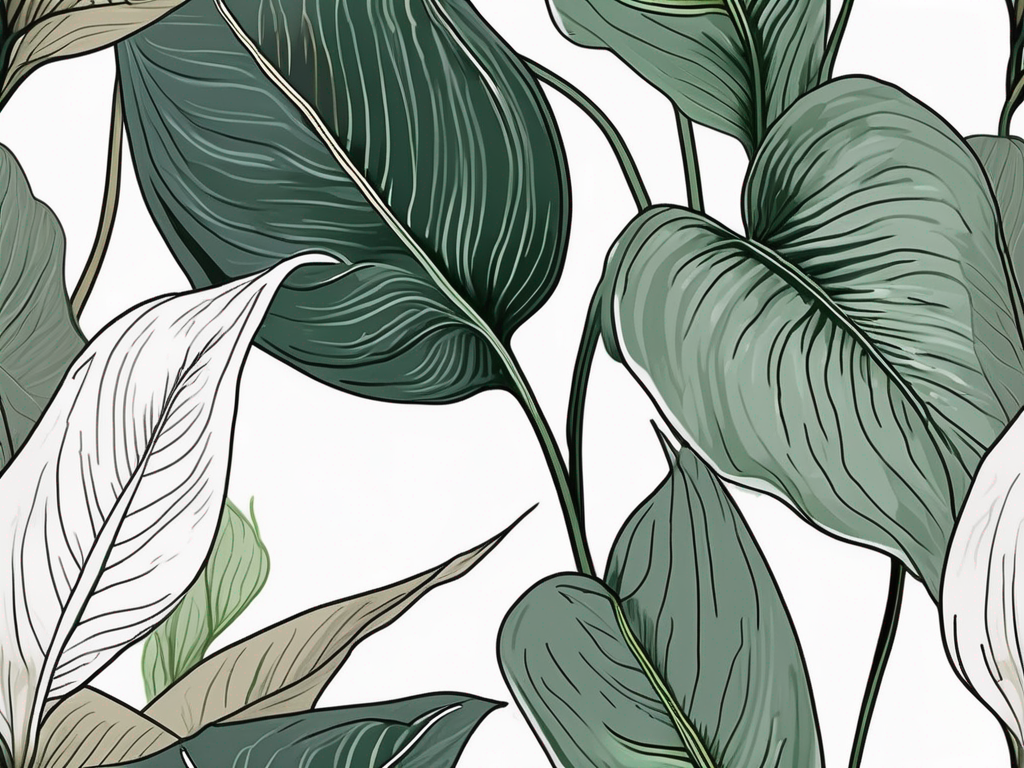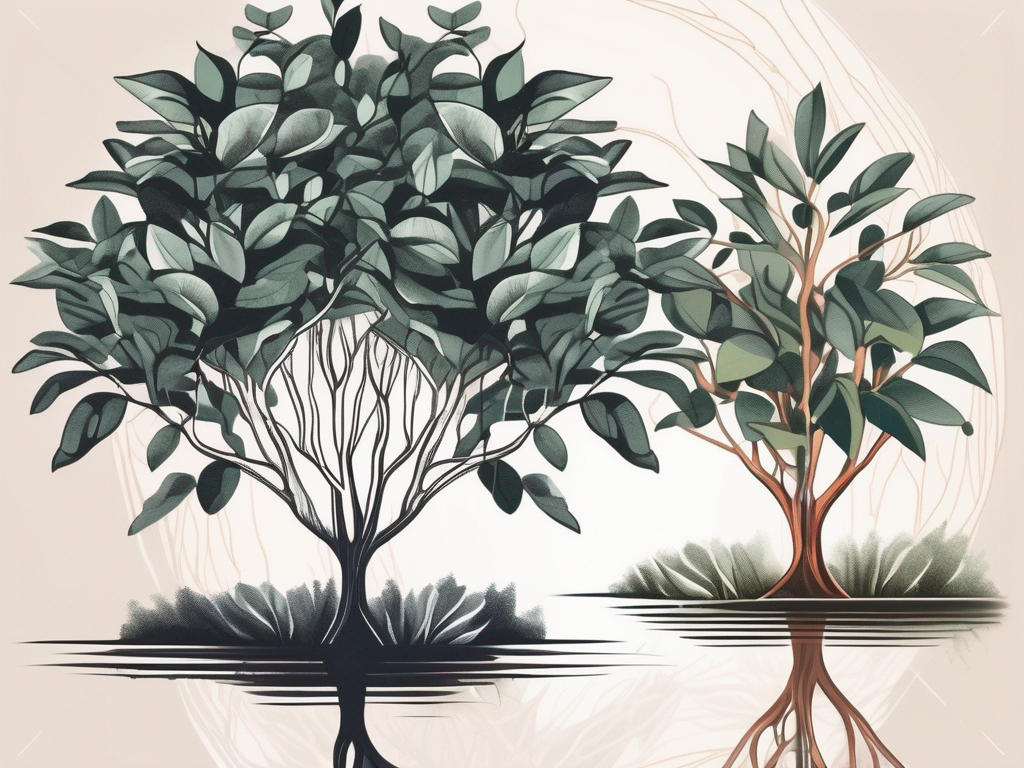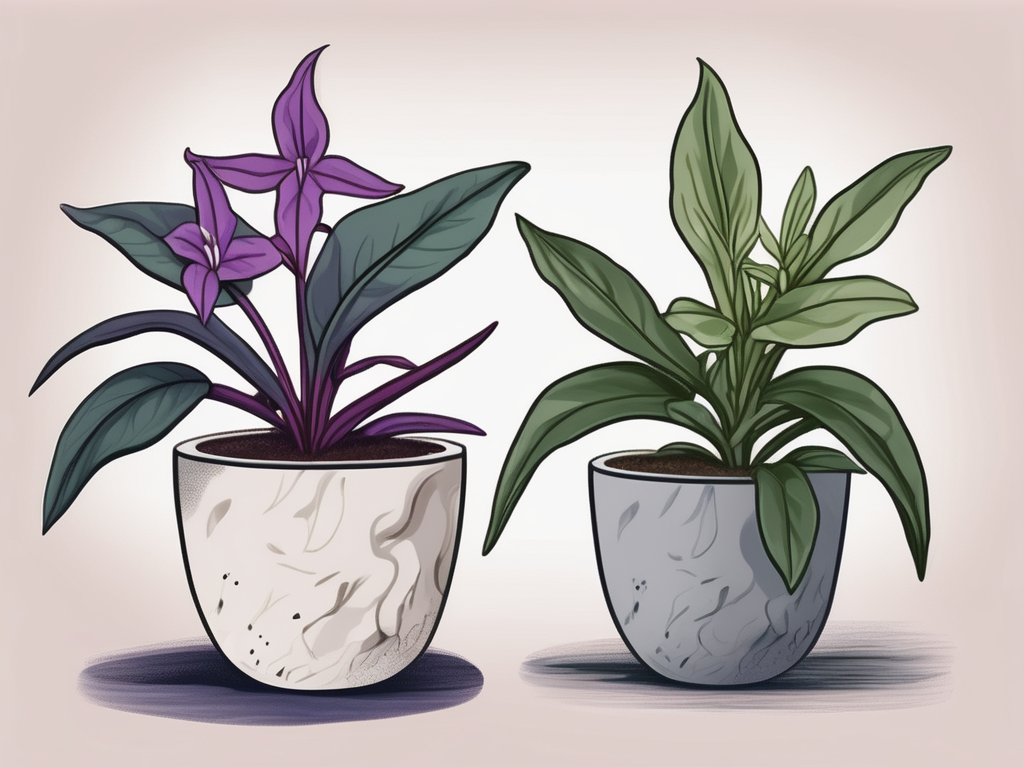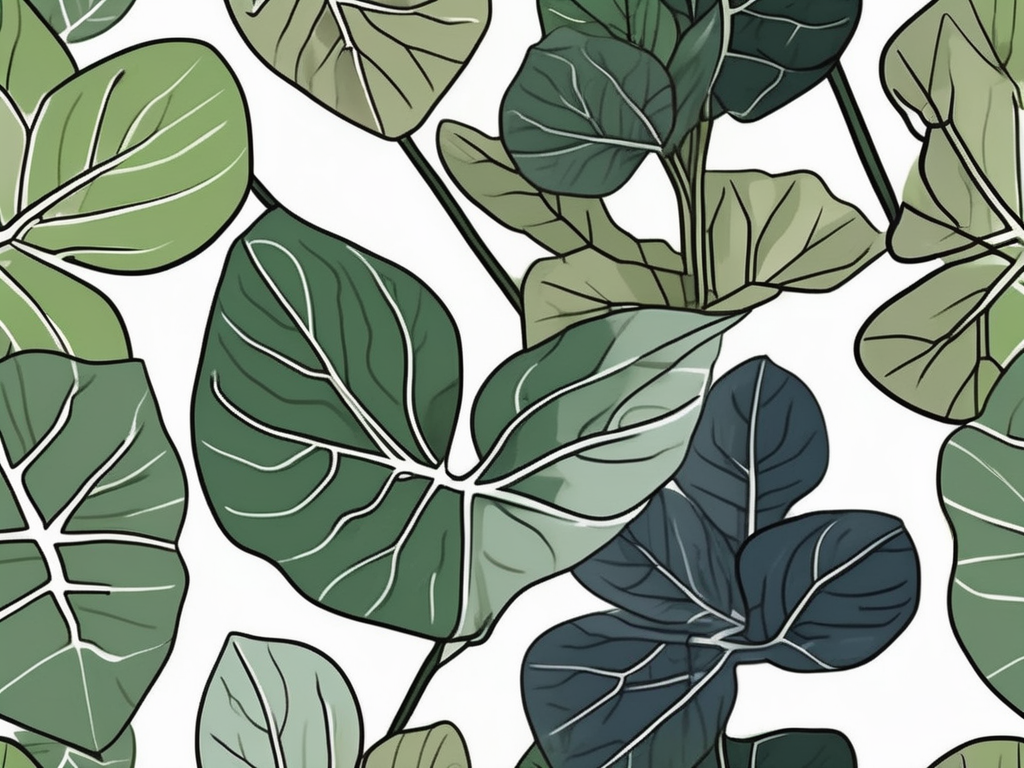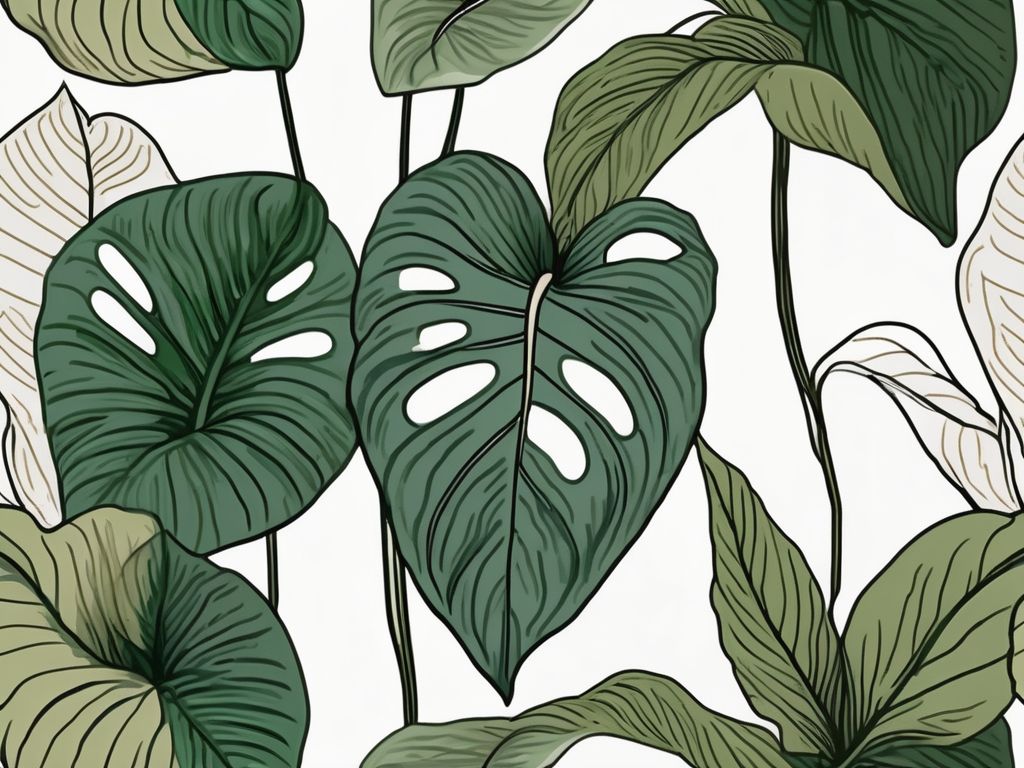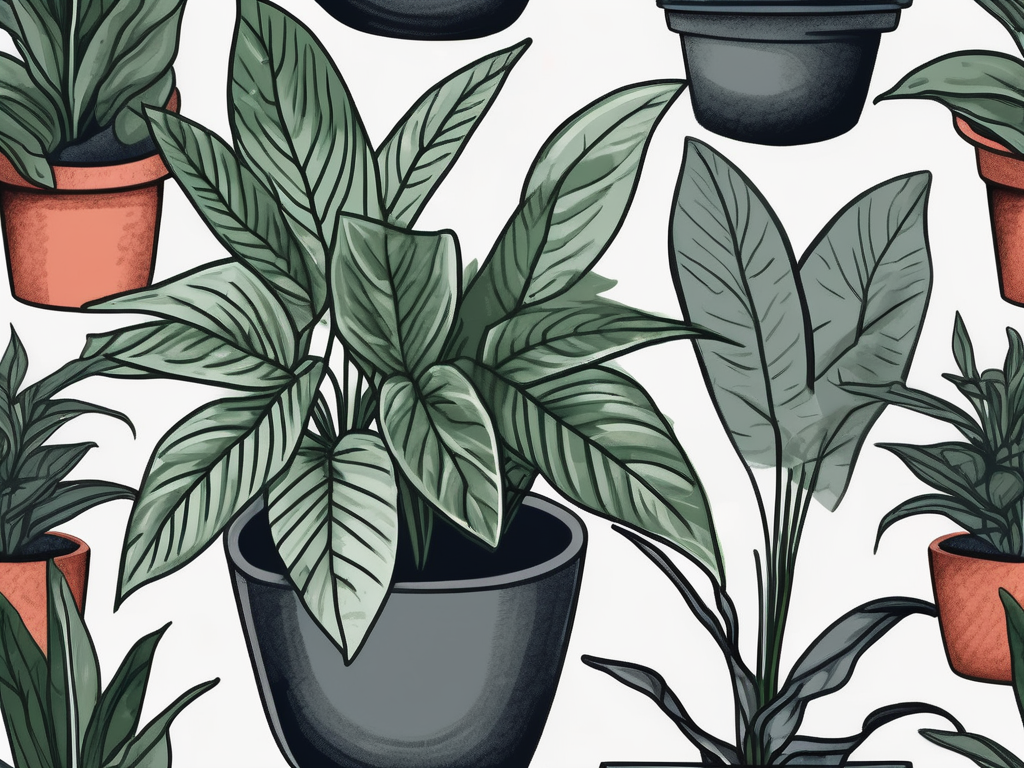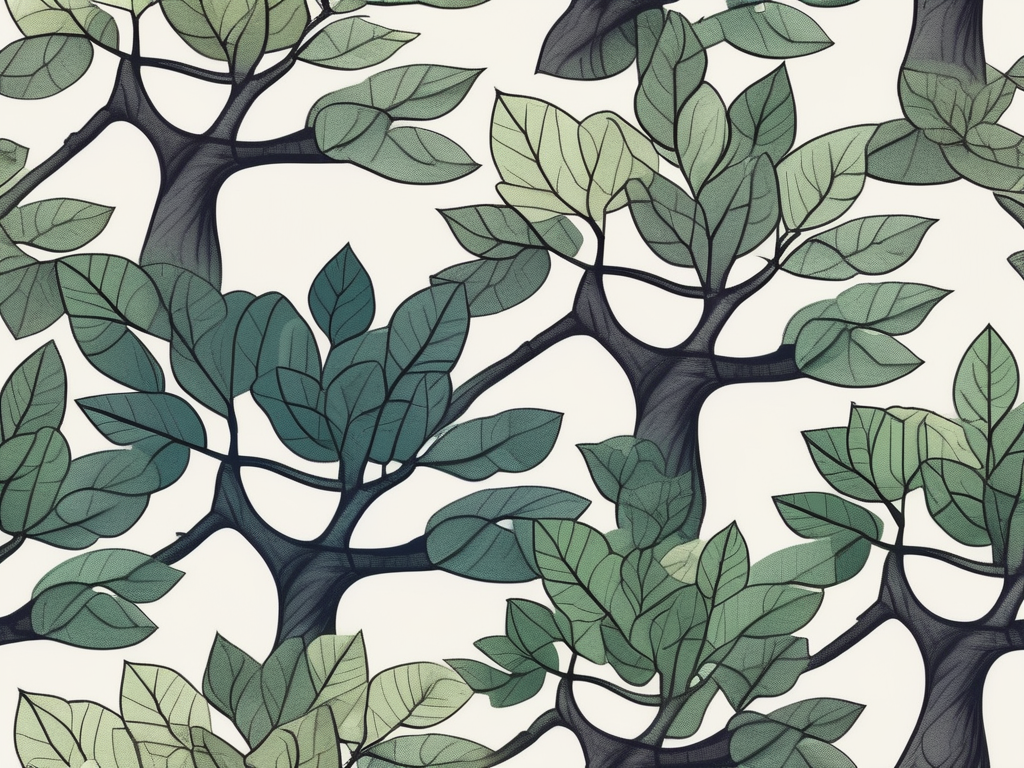
Banana plants, with their broad leaves and tropical vibes, are a favorite among plant lovers and gardeners alike. But, like any plant, banana plants can fall victim to diseases that can affect their health and appearance. Whether you're growing them indoors or out, it's essential to recognize the signs of trouble and know how to respond.
This article is designed to walk you through the common diseases that affect banana plants, their causes, symptoms, and treatments. We'll also share practical tips to help you maintain your banana plants' health and vibrancy. Let's get started on this leafy journey!
Understanding Panama Disease
Panama Disease, also known as Fusarium Wilt, is one of the most notorious threats to banana plants worldwide. If you’re a banana plant parent, you might have heard whispers about this disease in gardening circles. It's caused by the soil-borne fungus Fusarium oxysporum f. sp. cubense, which can be quite a mouthful to say. Let's just stick with Panama Disease for now.
The fungus attacks the plant's vascular system, blocking water and nutrients. This results in wilting, yellowing leaves, and eventual plant death if left unchecked. The tricky part? Once the fungus is in the soil, it can linger for years, making it a tough adversary.
Symptoms:
- Yellowing of the lower leaves that progresses upward
- Wilting, even when the plant is well-watered
- Stunted growth
- Dark brown streaks inside the stem when cut open
Treatment: Unfortunately, there's no cure for Panama Disease once it takes hold. The best course of action is prevention. Use disease-free planting material and ensure proper sanitation practices. If you suspect your plant is affected, remove and dispose of it carefully to prevent further spread. Avoid planting new banana plants in the same soil.
Combating Banana Bunchy Top Virus (BBTV)
Banana Bunchy Top Virus sounds like a cute name for a not-so-cute disease. This virus is spread by the banana aphid and causes the plant's leaves to become bunched and stunted at the top of the plant. It's like the plant's growth is stuck in a time warp, never reaching its full potential.
Symptoms:
- Dark green streaks and dots on the leaf midrib and petiole
- Bunched, stunted appearance of new leaves
- Leaves that do not unfurl properly
- Affected plants rarely produce fruit
Treatment: Like with many plant viruses, there's no direct cure. Control measures focus on managing the spread of the virus by controlling the aphid population. Regularly inspect your plants and use organic insecticidal soap to keep aphids at bay. Remove and destroy infected plants to prevent the virus from spreading to healthy ones.
Dealing with Black Sigatoka
Black Sigatoka, also known as Black Leaf Streak, is a fungal disease that affects the leaves of banana plants, reducing photosynthesis and ultimately impacting fruit production. This disease is caused by the fungus Mycosphaerella fijiensis, and it thrives in warm, humid conditions.
Symptoms:
- Small, dark spots on the leaves that grow into streaks
- Yellowing of leaves with dark streaks
- Leaves may dry out and die prematurely
- Reduced fruit yield and quality
Treatment: To manage Black Sigatoka, it's crucial to maintain good garden hygiene. Remove and destroy affected leaves to reduce spore spread. Fungicidal sprays can be effective if used early and regularly. Ensure good air circulation around your plants by spacing them appropriately and trimming back overgrown foliage.
Tackling Moko Disease
Moko Disease, caused by the bacterium Ralstonia solanacearum, is a serious bacterial wilt that can devastate banana crops. It’s a sneaky one, often spread through contaminated tools, water, or plant material. The disease causes wilting and yellowing, similar to Panama Disease, but there are some tell-tale signs that set it apart.
Symptoms:
- Sudden wilting of leaves without yellowing
- Dark brown discoloration inside the stem
- Foul-smelling bacterial ooze from cut stems
- Internal fruit discoloration, making it inedible
Treatment: There’s no cure for Moko Disease, so prevention is key. Use clean, sterilized tools, and avoid planting in contaminated soil. Remove and destroy infected plants, and avoid replanting bananas in the same area. Consider crop rotation with non-host plants to help reduce bacterial levels in the soil.
Managing Banana Streak Virus
This viral disease, transmitted by insect vectors and infected plant material, causes streaks on banana leaves. The good news? While it can look alarming, it doesn't always spell doom for your plant. Symptoms can vary depending on the banana variety and environmental conditions.
Symptoms:
- Chlorotic (yellow) streaks on the leaves
- Dark streaks along the leaf veins
- In severe cases, stunted growth and reduced fruit yield
Treatment: Like other viral diseases, there’s no cure. Focus on prevention by using virus-free plant material and controlling insect vectors. Remove and destroy infected plants to prevent further spread. Regular inspections and good hygiene practices will help keep your banana plants healthy.
Addressing Anthracnose
Anthracnose is a fungal disease that affects many plants, bananas included. It’s particularly pesky because it can impact both the leaves and the fruit. Caused by Colletotrichum species, this disease is prevalent in warm, humid conditions and can lead to unattractive black spots on your beloved bananas.
Symptoms:
- Dark, sunken lesions on fruit
- Black spots on leaves, often with a yellow halo
- Premature fruit drop
- Overall reduction in plant vigor
Treatment: To manage Anthracnose, ensure good air circulation around your plants and remove any infected plant material promptly. Fungicidal sprays can be effective if applied early. Keeping your plants dry, especially in humid weather, will also help prevent the spread of the fungus.
Handling Yellow Sigatoka
Yellow Sigatoka, also known as Yellow Leaf Spot, is a fungal disease similar to Black Sigatoka but less severe. It's caused by the fungus Mycosphaerella musicola. This disease affects the leaves, reducing photosynthetic activity and, subsequently, fruit production.
Symptoms:
- Small, yellow spots on the leaves
- Progression to larger, brown streaks
- Leaf drying and death
- Decreased fruit yield
Treatment: Managing Yellow Sigatoka involves good cultural practices, including the removal of affected leaves and maintaining proper plant spacing for airflow. Fungicides can be used as part of an integrated management approach, especially in areas where the disease is common.
Preventing and Managing Leaf Spot Diseases
Leaf spot diseases are caused by various fungi and bacteria, leading to unsightly spots on banana leaves. While not usually fatal, they can reduce the plant's vigor and fruit production if not managed.
Symptoms:
- Various colored spots on leaves (brown, black, yellow)
- Spots may merge, causing large areas of dead tissue
- In severe cases, premature leaf drop
Treatment: Proper sanitation and cultural practices are essential in managing leaf spot diseases. This includes removing and disposing of infected leaves, ensuring good air circulation, and using fungicides when necessary. Regular monitoring and early intervention can help keep these diseases under control.
Final Thoughts
Banana plants can be a delightful addition to your home or garden, offering both aesthetic appeal and delicious fruit. However, it's vital to be aware of the diseases that can affect them, understanding their causes and symptoms so you can take action quickly.
At Cafe Planta, we’re passionate about helping you care for your plants. Whether you need advice on plant care or you're looking for unique houseplants, we've got you covered. Feel free to email us or DM us on Instagram if you have any questions. We're excited to support you in creating a thriving plant collection in your home!

